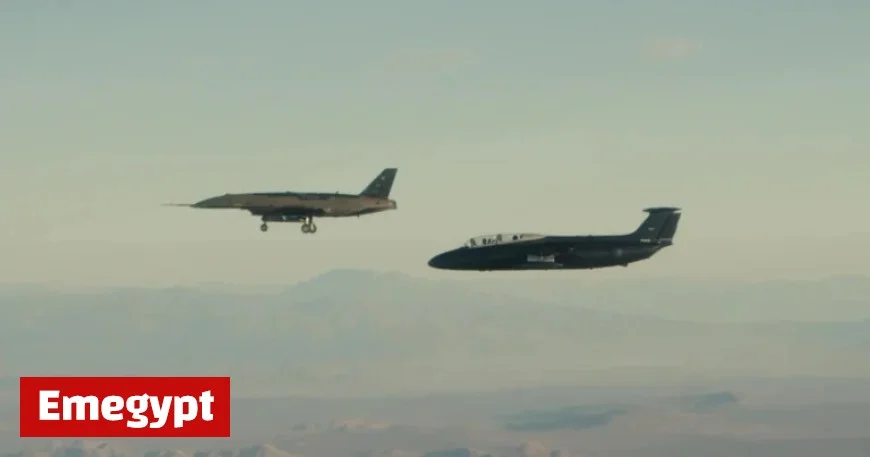Anduril’s Unmanned Jet “Fury” Achieves Maiden Flight

This fall marks a significant milestone for Anduril, a defense technology startup, as its unmanned jet, named “Fury,” successfully completed its maiden flight. The prototype, officially designated as YFQ-44A, flew for the first time at the end of October, signaling advancements in the U.S. Air Force’s plans for autonomous aircraft.
Anduril’s Fury: A Step Forward in Aviation
Fury is classified as a Collaborative Combat Aircraft (CCA), designed to operate without a pilot or a cockpit. Instead, it functions semi-autonomously. This means it can execute mission plans and adjust its flight patterns based on real-time data, all while being monitored by an operator on the ground.
Key Features of Fury
- Autonomous Operation: Fury executes flight and mission plans independently.
- Monitoring and Control: A human operator oversees its operations rather than controlling it directly.
- Safety Mechanisms: The aircraft is equipped with a “kill switch” for mission aborts and requires human approval for lethal actions.
- AI Integration: Fury utilizes artificial intelligence to collaborate with manned fighter jets, enhancing strategic capabilities.
Anduril’s CEO, Brian Schimpf, emphasized that Fury’s design aims to enhance pilot safety. The aircraft is intended to engage adversaries before manned fighters come into the engagement zone, providing a strategic advantage.
Production and Future Prospects
This achievement comes just over 18 months after concept development, illustrating the rapid pace of innovation at Anduril. The Pentagon chose Anduril as one of two key players to develop a CCA prototype from several established defense contractors.
Mass Production Goals
Should the Air Force opt for Fury, Anduril plans to mass-produce the aircraft domestically at a potentially lower cost than traditional fighter jets. Schimpf shared insights into the design, noting that components like Fury’s landing gear are designed for easy manufacturing across numerous locations in the U.S.
Anduril’s strategic focus differs from other unmanned aircraft developers. While General Atomics has its own entry, the YFQ-42A, which also successfully completed its flights, Anduril’s founder Palmer Luckey expressed that their primary concern is not competition with other companies but with international adversaries.
Facing Global Challenges
Luckey highlighted that the broader competition lies with foreign powers like China, which poses significant military and economic challenges. He pointed out the risks inherent in autonomous weapon systems but reaffirmed the need for intelligent systems over completely automated ones lacking oversight.
As the landscape of military aviation evolves, Anduril’s Fury represents a key development toward integrating autonomous technology into defense strategies.






























